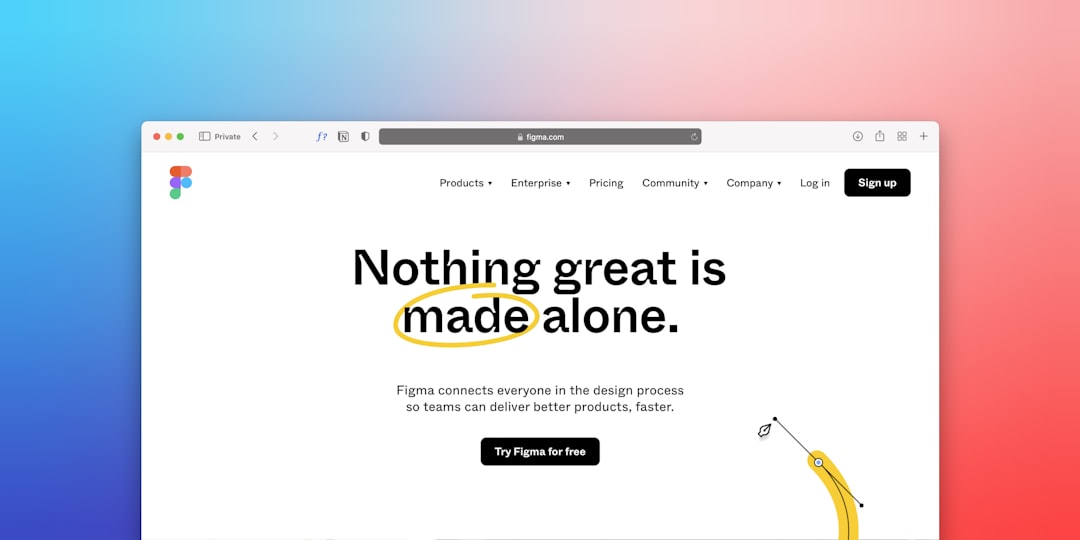In today’s data-driven digital landscape, encountering errors is inevitable. One of the more cryptic yet surprisingly common issues people face is the “Result Code Missing Data Error.” At first glance, it sounds highly technical – and indeed, it originates from behind-the-scenes systems – but understanding it doesn’t require you to be a programmer. Whether you’re a developer, marketer, or data analyst, identifying and tackling this error quickly is crucial for avoiding data inconsistencies and misinterpretation.
What is the Result Code Missing Data Error?
This error typically occurs when a system or application attempts to fetch data from an external source or internal API, but the response it receives is either incomplete or entirely empty. The “Result Code” is usually a reference to a value returned during a data transaction. If that result is missing or null, the system labels it as a missing data error.

Imagine sending out a request to check whether a customer has completed a transaction. If the backend system fails to send a response with that customer’s result code – due to a timeout, broken connection, or data corruption – the application logs a missing data error.
Why Does This Happen?
There are a variety of reasons for this error, but some of the most common include:
- Server Timeout: If a server takes too long to respond, the data may be deemed missing even if it eventually arrives.
- Corrupt Data Sources: Files or databases returning corrupted or badly formatted data can interrupt the data flow.
- Code Bugs: Small programming oversights may result in the system not correctly interpreting incoming data.
- Incorrect API Configuration: Third-party services, if not integrated properly, may not return what the requesting system expects.
Quick Fixes for the Result Code Missing Data Error
Here are some effective ways to resolve this issue quickly and get your systems back on track.
1. Check Your Network and Connection Logs
It might sound simple, but poor connectivity is often the root cause. Use diagnostics tools to check request timing, dropped packets, and error logs. A lost internet connection or an overloaded server can easily lead to missing data in responses.
2. Validate Your API Requests
Double-check the format and endpoint of your API requests. Make sure they are structured correctly, and that the headers are properly set. A malformed request might not return any data at all.
3. Examine the API Documentation
Reviewing the API documentation can reveal whether the error lies in how the system is calling the external service. Sometimes, slight changes in versioning or expected parameters can introduce unknown behavior.
4. Use Fallback Values or Defaults
In scenarios where missing data is tolerable, implement fallback logic that uses default or cached data. This keeps your application functioning while you investigate the root cause.
5. Implement Retry Logic
Network issues and server hiccups are often temporary. Writing your code to retry fetching data a few times before throwing an error can save you time and headaches.

6. Use Data Validation Tools
There are many tools available today that can automatically validate your incoming data. Whether it’s a platform like Postman for APIs or data sanitation libraries in your programming language, these tools can help reveal missing or incorrect fields.
Preventing It in the Future
Fixing the issue once is great—but prevention is even better. Regularly audit your data sources, monitor your logs, keep your libraries and APIs up-to-date, and apply proper error handling in all data exchanges. It’s also helpful to use alert systems that notify your team when a high number of these errors show up, allowing you to take action instantly.
Final Thoughts
The Result Code Missing Data Error may sound daunting, but in many cases, it’s a symptom of common and easily fixable problems. By applying a logical approach and using the right tools, you’ll be equipped to troubleshoot and resolve this error quickly, ensuring your application or system stays reliable and efficient.
Whether you’re encountering this error during integration testing or in production, don’t panic. Approach it methodically, make use of the fixes we’ve discussed, and most importantly—learn from it. The next time it occurs, you’ll already have a solution in hand.